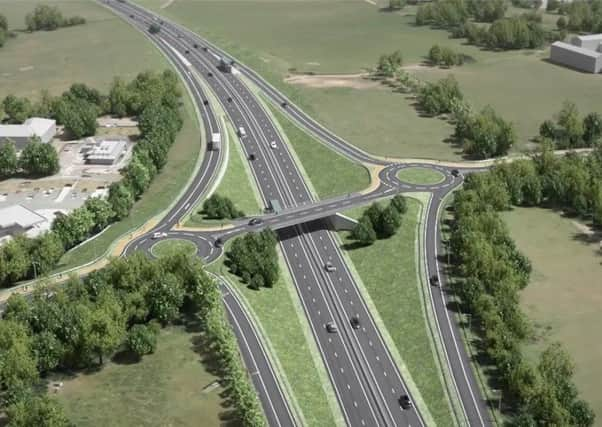High Court approves Arundel Bypass challenge


Dr Emma Tristram, author of Binsted and Beyond, has been granted a judicial review into the decision by Highways England to pick a route which would cut through the village and ancient woodland.
She said: “This legal challenge is about the damage this proposed route would cause to the South Downs National Park, to Walberton Parish, to Binsted and Tortington villages and the Arundel watermeadows. It’s about future generations, and the people who love and use these areas.
Read more:


Advertisement
Hide AdAdvertisement
Hide Ad“Loss of this ‘green lung’ would seriously damage access to the national park from nearby villages and towns. On top of all that, to accept a new major road through the national park would put all national parks in danger. These protected areas should remain protected.”
Last year, Highways England ran a public consultation on three bypass options: option 1, which runs close to the present route; option 3, which runs through ancient woodland at Tortington Common and the South Downs National Park; and option 5a, which runs through ancient woodland at Binsted Woods, Binsted Park and also through the South Downs National Park.
On May 11, Highways England chose the latter option as its preferred route, despite protests from villagers and environmental groups. Dr Tristram started a crowdfunding campaign to fund a legal team, and in July lawyers from Leigh Day applied to the High Court for the judicial review on the grounds that traffic data used in the consultation was out-of-date and information in the brochure was misleading.
Advertisement
Hide AdAdvertisement
Hide AdSolicitor Tessa Gregory, from Leigh Day, said: “We are pleased that the court has granted permission and we will now prepare to argue our client’s case at the High Court over this decision which she believes is unlawful.”
Alan Feist, Highways England programme leader said: “We understand the strength of feeling about the Arundel Bypass, and we fully recognise the special environments and cultural heritage around Arundel.
“The route we announced earlier this year has strong support and provides the best balance between improving journeys and limiting the impact on the built and natural environment and on urban and rural communities. It takes the A27, which currently runs straight through the national park, away to the south. A better A27 will draw traffic away from other, smaller roads through the national park, it will also reduce traffic in and around Arundel. We want to work with people to ensure we can maximise the benefits of this significant infrastructure investment and limit its impacts.
“We stand by the consultation process and will defend any legal challenge. In the meantime, we are continuing to progress the project and working with key stakeholders to maximise benefits.”